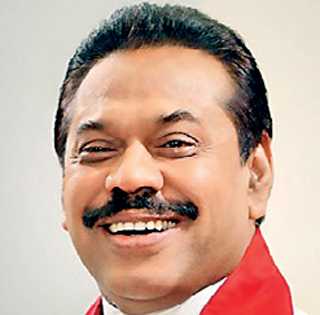Friday Dec 05, 2025
Friday Dec 05, 2025
Saturday, 6 March 2021 00:26 - - {{hitsCtrl.values.hits}}
 |
| Prime Minister Mahinda Rajapaksa |
 |
| Power Minister Dullas Alahapperuma
|
The Government yesterday kicked off construction of Sri Lanka’s first LNG power plant, making it the first large-scale project in more than half a decade.
Prime Minister Mahinda Rajapaksa,and Power Minister Dullas Alahapperuma were among a host of officials who participated in the commencement ceremony in Kerawalapitiya. Speaking at the event, Minister Alahapperuma praised both the President and the Prime Minister for working to get the project off the ground.
“This power plant signals a turning point in Sri Lanka’s power generation policy. This LNG plant is expected to produce power at Rs. 15 per unit, which is half the cost of thermal power and increase the amount of renewable energy generated in Sri Lanka,” the Power Minister said.
Work on the LNG plant commenced after the Public Utilities Commission of Sri Lanka (PUCSL) approved the Power Purchase Agreement (PAA) between the Ceylon Electricity Board (CEB) and Lakdhanavi to build the 300 MW Kerawalapitiya LNG power plant last month.
The project, initially proposed in 2016 ran into multiple approval delays and controversy over the PPA, which were eventually resolved in February.
The 300 MW combined-cycle dual-fuel LNG power plant at Kerawalapitiya will be the first plant to be constructed after the first phase of the Lakvijaya Coal Plant in Norochcholai was completed almost a decade ago. The plant is to be constructed under the Build, Own, Operate and Transfer (BOOT) system.
The Ceylon Electricity Board (CEB) has not been able to commission any new power plants included in their Long-Term Generation plan since 2013, when the Lak Vijaya plant was completed.
Two LNG power plants, as well as an extension to the Norochcholai plant, have been in discussions since at least 2016 with multiple rounds of tenders, court proceedings, Cabinet decisions and Government evaluation reports compiled on them.